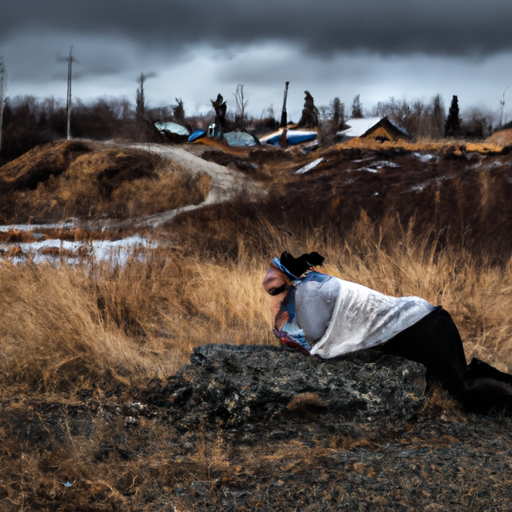Opioid Crisis in Canada and Its Effect on First Nations Communities
Hi Friends, today let’s talk about a very pressing issue – the opioid crisis in Canada and its effects on one of the nation’s most vulnerable populations, the First Nations communities. This issue has been brought to light more explicitly in a recent article published in APTN News and it is noteworthy to explore the challenges they face while attempting to deal with Canada’s opioid crisis.
Impacts of Opioid Crisis on the First Nations communities
Drugs, especially opioids have caused a significant uptick in drug-related overdoses and deaths among the First Nations population. The opioid crisis is not just a health crisis; it is also a crisis of homelessness, crime, and societal wellness.
Here are some of the impacts:
- Increased crime rates: Opioid addiction often leads to an increase in crime rates in affected communities. To feed their addiction, individuals often turn to illegal activities such as theft and drug trafficking.
- Homelessness: The opioid crisis reportedly has led to an increase in homelessness as individuals battling addiction often find it difficult to maintain steady employment and housing.
- Health issues: Opioid use is known to cause a range of health issues including respiratory stress, brain damage, and in extreme cases, fatal overdoses.
Measures to Combat the Opioid Crisis
In response to the crisis, several initiatives are undertaken by authorities including the Assembly of First Nations. Firstly, Naloxone kits are being distributed widely in communities to reverse the effects of an opioid overdose and potentially save lives.
Moreover, the Assembly of First Nations has proposed to represent all First Nations peoples in the $1.1 billion national opioid class action against forty opioid manufacturers and wholesalers. This action is aimed to provide the much-needed support for the educational, health-care, social and economic crises that have been effects of the opioid crisis.
These steps although significant, are not sufficient. The need of the hour is putting in place an organized and effective system that includes tailored prevention services, optimized harm reduction, and accessible treatment facilities, to assist individuals in overcoming addiction.
Key Learnings
Based on the insights provided in the article, here are the key points:
- The opiate crisis is devastating First Nations communities in Canada.
- Increased crime, homelessness and health issues are the many facades of the opioid crisis.
- Naloxone kits have been distributed largely, saving lives by reversing the effects of an opioid overdose.
- The Assembly of First Nations is fighting for representation for all First Nations peoples in the $1.1 billion opioid class action against opioid manufacturers and wholesalers.
Concluding Thoughts
In conclusion, the opioid crisis is a significant concern for Canada, and more acutely, for the First Nations communities. While the measures taken by the Assembly of First Nations and other bodies are laudable, there is still a long way to go. It’s critical for the Canadian government and society at large to focus efforts on continuous, cohesive strategies to combat the effects of the opioid crisis and support the most vulnerable among us – forming a united front against the tragedy of the opioid epidemic.


